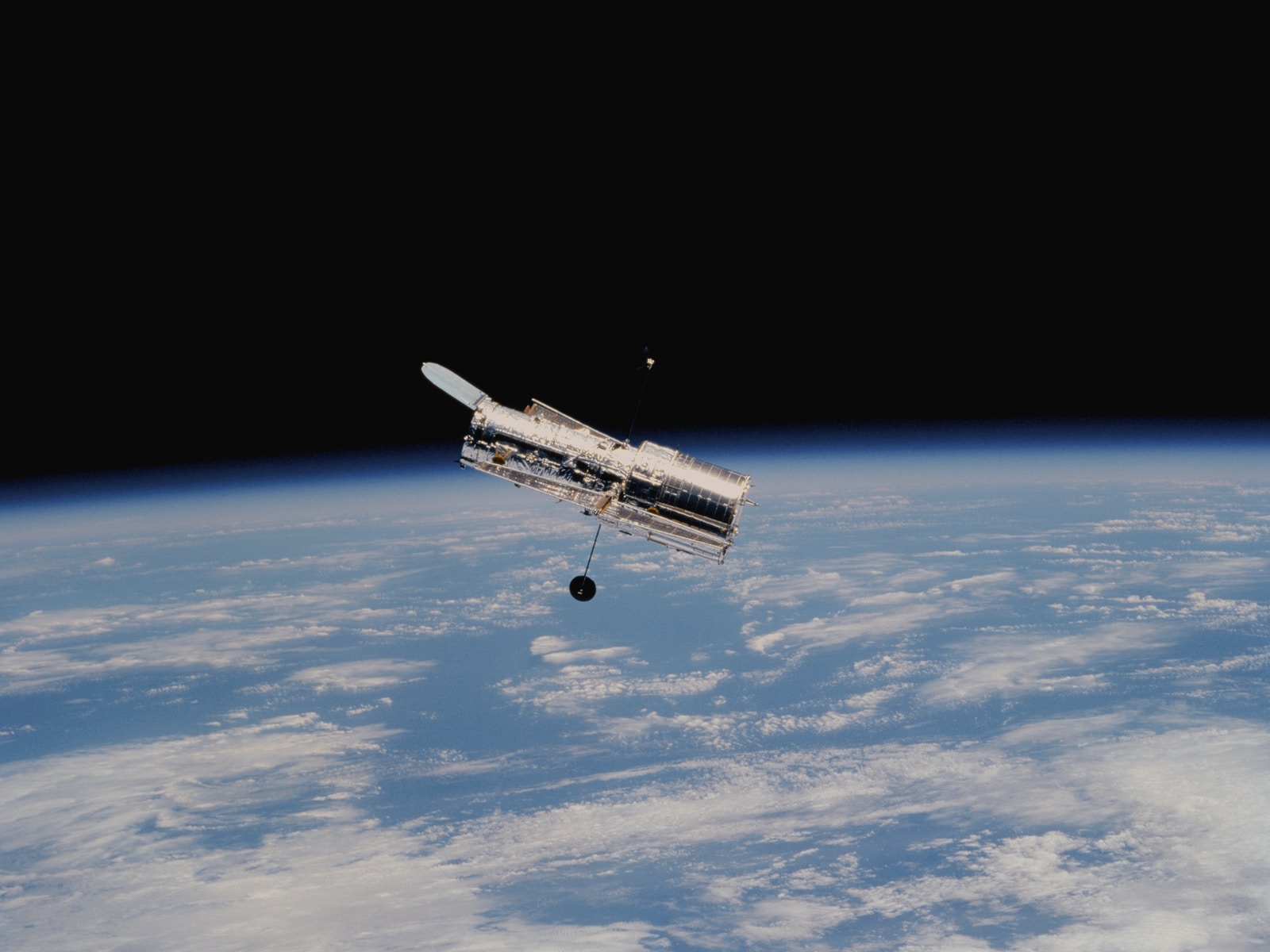There’s an esoteric procedure used by high-level computer experts and engineers which is known to fix the majority of problems with malfunctioning equipment.
The high priests of technological wizardry refer to this arcane ritual as “power cycling”.
You and I know it better as “turning it off and then on again”.
“Power cycling” is such an effective procedure for most malfunctions that the Help Desk lads of The IT Crowd used, “Have you tried turning it off and then on again?” as a recorded message.
Turning it off and then on again doesn’t just work for your recalcitrant laptop, either. Even the most high-tech devices on the planet – or off it – can benefit.
NASA’s Hubble Space Telescope, often described as the biggest advance in astronomy since Galileo’s telescope, has had its share of problems over the years.
Famously, after it was first launched, dismayed astronomers realised that its main mirror was faulty due to being incorrectly ground. An orbiting telescope isn’t something you swap out a major component in. The much-vaunted space telescope was useless. It took three years before the fault could be corrected and Hubble could start revolutionising astronomy.
But Hubble is an exceedingly complex instrument that is constantly moving as it follows its orbit around the Earth. In order to keep it pointed where astronomers want it to, for the long periods of time needed to record its images (the Hubble Deep Field image was recorded over ten days), gyroscopes keep it locked on target.
So, when the gyros start to act up, that’s a serious issue.
In October 2018, one of Hubble’s gyroscopes failed. NASA quickly brought a backup gyro online. But it, too, started acting up. The backup gyro had been turned off for nearly eight years. When it was brought online, it started spinning at “extremely high rotation rates”.

So, NASA’s boffins put Hubble through a “running restart,” a procedure that “turned the gyro off for one second, and then restarted it before the wheel spun down.”
They switched it off and then on again.
Of course, it would never do for NASA to admit to something so low-tech as that. Here’s how their press release described the procedure:
“In an attempt to correct the erroneously high rates produced by the backup gyro, the Hubble operations team executed a running restart of the gyro on Oct. 16. This procedure turned the gyro off for one second and then restarted it before the wheel spun down.
“On Oct. 18, the Hubble operations team commanded a series of spacecraft maneuvers, or turns, in opposite directions to attempt to clear any blockage that may have caused the float to be off-center and produce the exceedingly high rates.
“During each maneuver, the gyro was switched from high mode to low mode to dislodge any blockage that may have accumulated around the float.”
So, they didn’t just turn it off and then on again, they jiggled it around as well.
Rumour has it that, if that didn’t work, they were going to send a team from the International Space Station to thump on it a few times.
Please share this article so that others can discover The BFD

